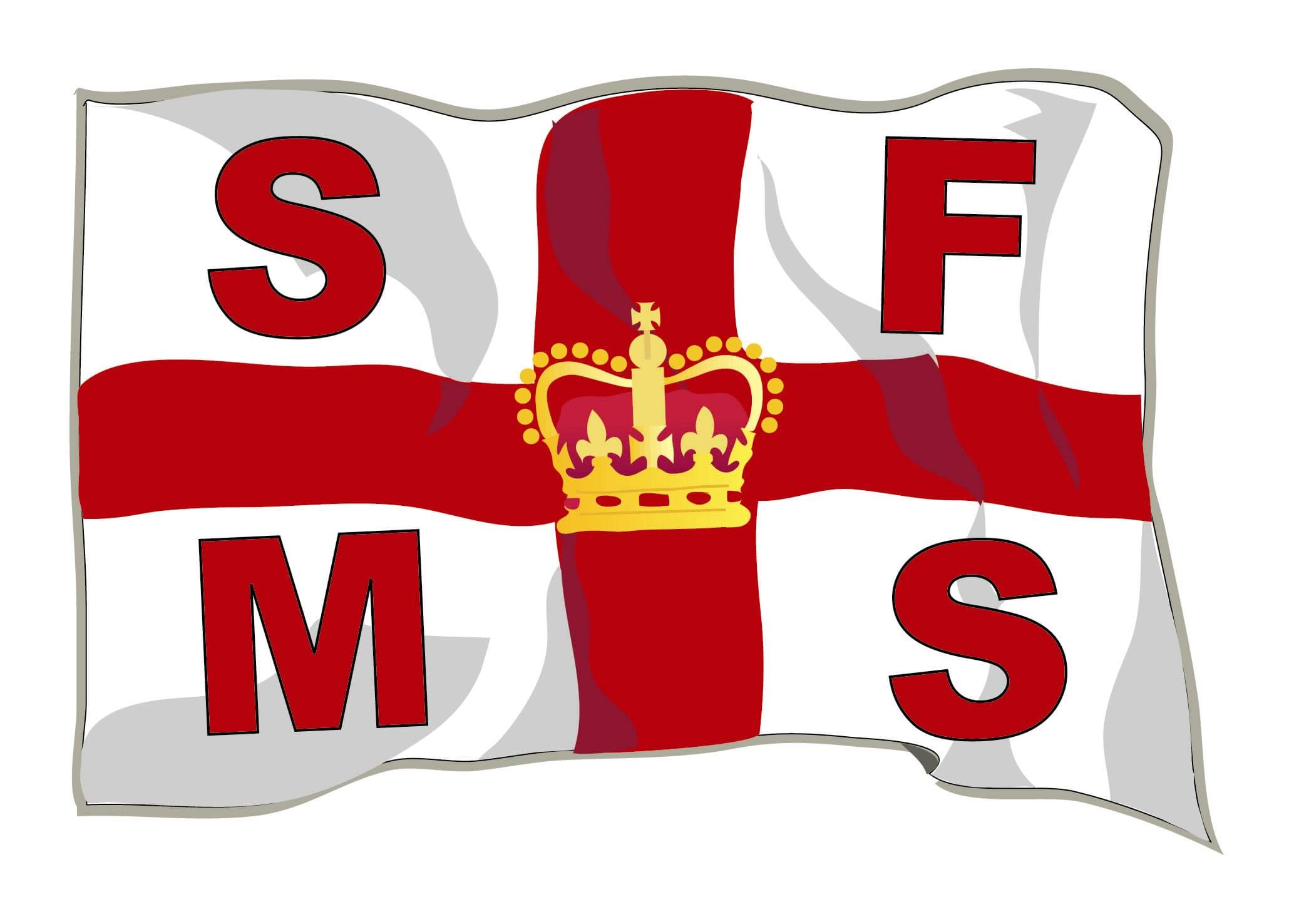Edward & Maisie Lewis Award 2012/13

The EDWARD & MAISIE LEWIS award presented to the four crew of the ‘Rescue Bond 1’ of Bond Offshore Helicopters for the rescue of eleven crew members of the safety vessel Vos Sailor on 15th December 2012.
At 0455 on Saturday 15th December 2012 ‘Rescue Bond 1’ – RB 1 – a Super Puma, operated by Bond Offshore Helicopters was tasked to go to the assistance of the 43 metre long 516 ton standby rig safety vessel Vos Sailor with a crew of 12 onboard. The ship had been struck and damaged by a particularly large wave in heavy seas approximately 122 nautical miles east-north-east of Aberdeen and 2 nautical miles north of the Balmoral oil platform. The ship had lost all power and one fatality was reported with the bridge superstructure having been badly deformed. All communications had been lost apart from a handheld radio. Coastguard Rescue 102, a helicopter based at Sumburgh, had also been tasked to attend the incident.
The four crew were; Captain Graham Stein, Aircraft Commander; First Officer Nick Smalley, Co-Pilot; Senior Aircrewman Paul Walters, Winch Operator and Aircrewman Andy Cowx, Winchman.
RB 1 arrived on scene at 0640, two hours before sunrise with sufficient fuel for 2 hours 20 minutes flying. Vos Sailor was lying across the sea, dead in the water and without electrical power. The Balmoral platform reported the wind as easterly at 58 kts, gusting 73 kts, with 8-10 metre seas which were causing the vessel to move erratically, with its heading varying between NE and SE.
After some difficulty, the winch operator established contact with the 11 survivors (one of whom was reported as having a head injury) and all of whom had gathered for shelter in a stairwell on the port side close to the winching area on the after deck.
With the movement of the vessel in the heavy seas and the darkness, a hi-line was lowered to the winching area but the survivors appeared unfamiliar with the technique so the winchman was deployed directly to the heavily and erratically moving stern by standard transfer.
It was still dark with no visible horizon, yet despite considerable heave the winchman was successfully lowered to the vessel but landed heavily on the deck as it pitched and sustained significant damage to his foot. Undeterred by his injury, Andy Cowx took charge of the shocked and frightened survivors and co-ordinated their rescue. The only available position from which to evacuate the survivors was a very exposed location high up and near the stern, and thus particularly susceptible to the movement caused by the high sea state. The ship’s motion was such that the only way Andy could keep himself in place while assisting the survivors was to secure himself between some oil drums by wedging one leg through the strapping which attached them to the ship. Andy Cowx was a relatively inexperienced winchman and throughout the ensuring casualty transfers he was assisted by Paul Walters using the radio connection available to the crew. Maintaining their team effort in this way, the pair brought 8 survivors to the aircraft while Graham endeavoured to provide a stable winching platform in challenging conditions. As the sky slowly brightened, Graham kept the remainder of the crew aware of the remaining time available on scene while Nick Smalley, co-pilot, was able to provide advance warning of particularly heavy waves to the rest of the crew as they concentrated on the situation below them. The Coast Guard Helicopter, Rescue 102, helped by orbiting the scene and using its search and flood lights to illuminate the vessel.
While preparing for recovery of the ninth survivor, and during the passage of a particularly large wave, the winch cable became fouled and as the vessel dropped away, the wire parted. Having established that his winchman was safe and well enough on the deck, Graham Stein took the decision that although RB 1 had another hoist fitted, this device was not as effective as the primary hoist on the other aircraft: in particular it was not as fast and less able to deal with the depths of the wave troughs that were still moving the winching area around in three dimensions: Rescue 102 was now best placed to complete the rescue. While the co-pilot explained the situation to the crew of Rescue 102 and coordinated their moving in to complete the rescue, Andy Cowx was briefed and asked if he was able to continue the operation with Coast Guard helicopter. Unperturbed, as the rest of his crew departed for Aberdeen with 8 survivors, he continued in his duty as the sole winchman on deck, working now with an unfamiliar crew and aircraft type to complete the rescue of the remaining 3 survivors. Good leadership, outstanding professionalism and teamwork, courage and determination ensured that eleven men were successfully evacuated from the Vos Sailor.”
A COMMENDATION was also awarded to Aircrewman A Cowx the Winchman, played a pivotal role in this rescue and the awards committee considered that his actions merited an individual commendation. It was dark with no visible horizon yet despite the severe pitching of the vessel Andy was successfully lowered to the deck but landed heavily sustaining significant damage to his foot. Undeterred he took charge of the shocked and frightened survivors who were in a very exposed location high up and near the stern, and thus particularly susceptible to the vessel’s erratic movement. To keep himself in place while assisting the survivors he had to wedge himself between some oil drums. While preparing for the recovery of the ninth survivor, the winch wire parted and Coast Guard Rescue 102 was tasked to complete the rescue. Andy remained on deck as the sole Winchman, working now with an unfamiliar crew and aircraft type to complete the rescue of the remaining 3 survivors. In spite of the appalling conditions, the pain of his injured foot and the prolonged exposure of over an hour on deck, Andy Cowx displayed outstanding courage, composure and selflessness in effecting the rescue of all 11 survivors from the stricken vessel without further injury to any of them – an impressive feat.


